1973 Ferrari Daytona 365 GTB
Motion Products Restoration
Classiche Certified
Offered with books, tools and Massini report
Year
1973
Brand
Ferrari
Model Variant
Daytona 365 GTB
Current Mileage
39,500 km


chasis
16493
Engine capacity
352BHP
exterior color
Blu Notte Metallizzato
Interior color
Red Connolly
transmisSion
Five Speed Manual
Top speed
172MPH
Designer
Pininfarina
Years produced
-
Total production
More details
The concept of manufacturing a 4-cam V12-engined Berlinetta with considerably greater power output than the successful 275 GTB/4 model emerged in 1967, as soon as the 3.3-liter variant was being launched upon a receptive market. The new model would have to meet newly developed US federal regulations, which meant a tremendous amount of time-consuming development work before the new design could be introduced.
Ferrari’s first known prototype for such a car emerged during the winter of 1967 with bodywork presaging the final design that would be adopted, although its front-end treatment looked back towards that of the 275 GTB. It used a three-valve per cylinder 4-liter V12 engine that was not taken further. Instead a Tipo 251 power unit would be adopted, which was a more conventional 4.4-liter with hemispherical combustion chambers in its twin-cam heads, and single-plug ignition. The block had been lengthened to accommodate a bore and stroke of 81mm x 71mm, identical to the Tipo 245 engine’s, which already powered the 365 GT 2-plus-2, GTC and GTS models.
The new 4.4-liter unit was lubricated by a dry-sump system with a 14-liter separate tank. The compression ratio was 8.8:1 and with six Weber 40DCN carburetors the engine delivered a muscular 352bhp at 7,500rpm, with 318lbs/ft. torque at 5,500rpm – enough – indeed, as one English technical writer of the time described as being “…more than enough to pull your house down”.
The mechanical ensemble, comprising engine, torque tube and rear-mounted five-speed transaxle was attached to the tube chassis at four points – two on the engine and two on the transaxle – and the familiar 2.4-meter wheelbase was retained, which dated back in unbroken line to the 250 GT SWB.
To clothe the new 365 GTB/4, Pininfarina created a classical and now legendary design, which combined Maranello tradition with modernity. Only the prototype body was actually built by Pininfarina and as with the preceding Berlinettas it was Scaglietti who actually made the bodies in steel (with opening panels in aluminum) for the production examples.
The venue for the new model’s launch was the October 1968 Paris Salon, and its immediately successful reception saw it being nicknamed the ‘Daytona’ in honor of the Ferrari factory team’s 1-2-3 defeat of the mighty Ford GT fleet in the 1967 Daytona 24-Hour race. Shortly after debuting the gorgeous GTS/4 Spider, a number of important revisions were introduced on both the Berlinetta and Spider versions. These changes came about as a result of the newly imposed federal safety legislation in the USA that deemed covered headlights illegal. Ferrari and Pininfarina were subsequently being forced into carrying out a mild front-end makeover. Their answer was to fit the Daytona with retractable headlights in early 1971.
Capable of achieving 278km/h (172mph) in standard form, the new Ferrari was the fastest production car in the world at that time. It also displayed the quickest acceleration when pitted against the Lamborghini Miura, Mercedes-Benz 350SL, Jaguar V12 E-Type and the De Tomaso Pantera.
Ferrari’s first known prototype for such a car emerged during the winter of 1967 with bodywork presaging the final design that would be adopted, although its front-end treatment looked back towards that of the 275 GTB. It used a three-valve per cylinder 4-liter V12 engine that was not taken further. Instead a Tipo 251 power unit would be adopted, which was a more conventional 4.4-liter with hemispherical combustion chambers in its twin-cam heads, and single-plug ignition. The block had been lengthened to accommodate a bore and stroke of 81mm x 71mm, identical to the Tipo 245 engine’s, which already powered the 365 GT 2-plus-2, GTC and GTS models.
The new 4.4-liter unit was lubricated by a dry-sump system with a 14-liter separate tank. The compression ratio was 8.8:1 and with six Weber 40DCN carburetors the engine delivered a muscular 352bhp at 7,500rpm, with 318lbs/ft. torque at 5,500rpm – enough – indeed, as one English technical writer of the time described as being “…more than enough to pull your house down”.
The mechanical ensemble, comprising engine, torque tube and rear-mounted five-speed transaxle was attached to the tube chassis at four points – two on the engine and two on the transaxle – and the familiar 2.4-meter wheelbase was retained, which dated back in unbroken line to the 250 GT SWB.
To clothe the new 365 GTB/4, Pininfarina created a classical and now legendary design, which combined Maranello tradition with modernity. Only the prototype body was actually built by Pininfarina and as with the preceding Berlinettas it was Scaglietti who actually made the bodies in steel (with opening panels in aluminum) for the production examples.
The venue for the new model’s launch was the October 1968 Paris Salon, and its immediately successful reception saw it being nicknamed the ‘Daytona’ in honor of the Ferrari factory team’s 1-2-3 defeat of the mighty Ford GT fleet in the 1967 Daytona 24-Hour race. Shortly after debuting the gorgeous GTS/4 Spider, a number of important revisions were introduced on both the Berlinetta and Spider versions. These changes came about as a result of the newly imposed federal safety legislation in the USA that deemed covered headlights illegal. Ferrari and Pininfarina were subsequently being forced into carrying out a mild front-end makeover. Their answer was to fit the Daytona with retractable headlights in early 1971.
Capable of achieving 278km/h (172mph) in standard form, the new Ferrari was the fastest production car in the world at that time. It also displayed the quickest acceleration when pitted against the Lamborghini Miura, Mercedes-Benz 350SL, Jaguar V12 E-Type and the De Tomaso Pantera.
Read more
See less
















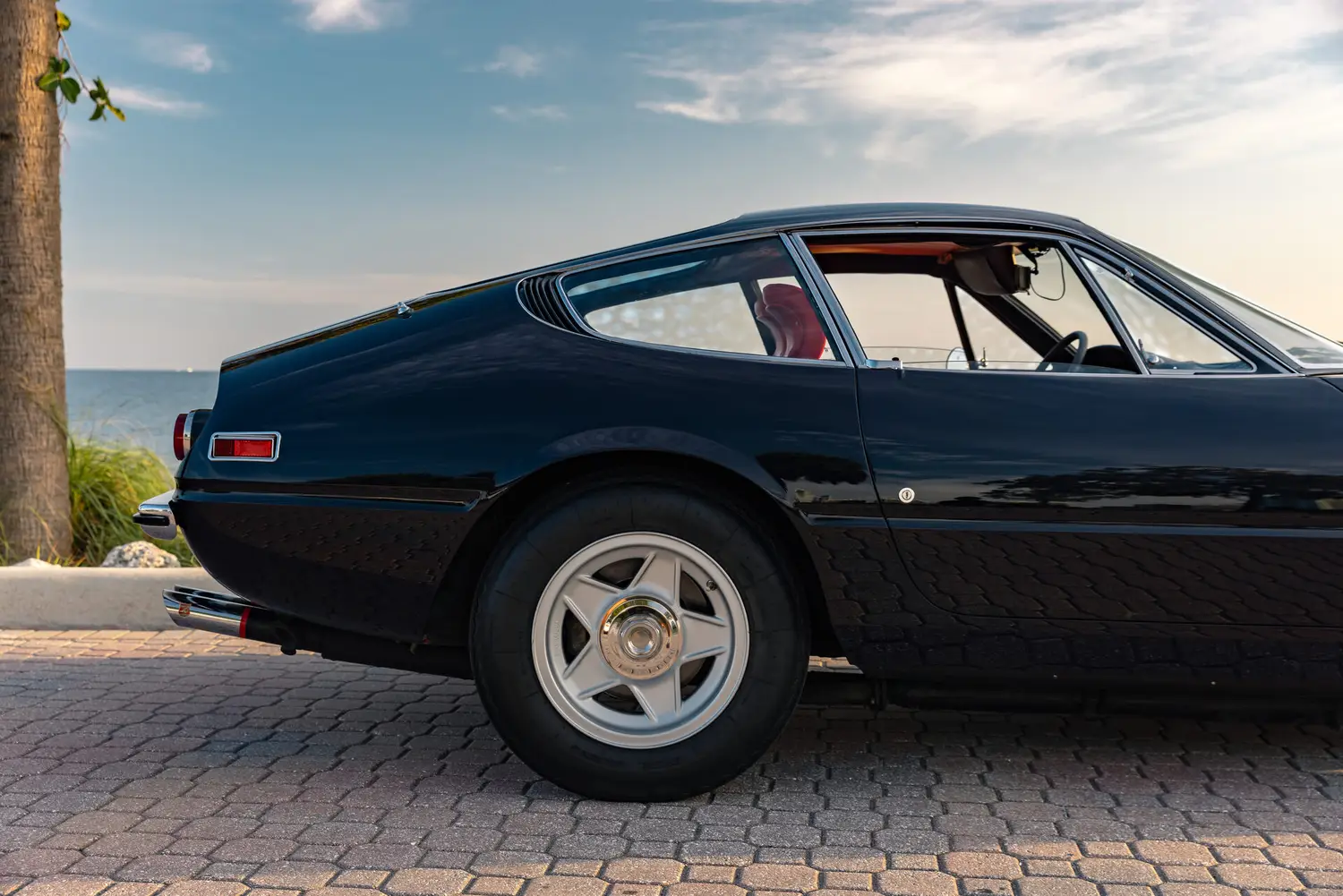








No items found.





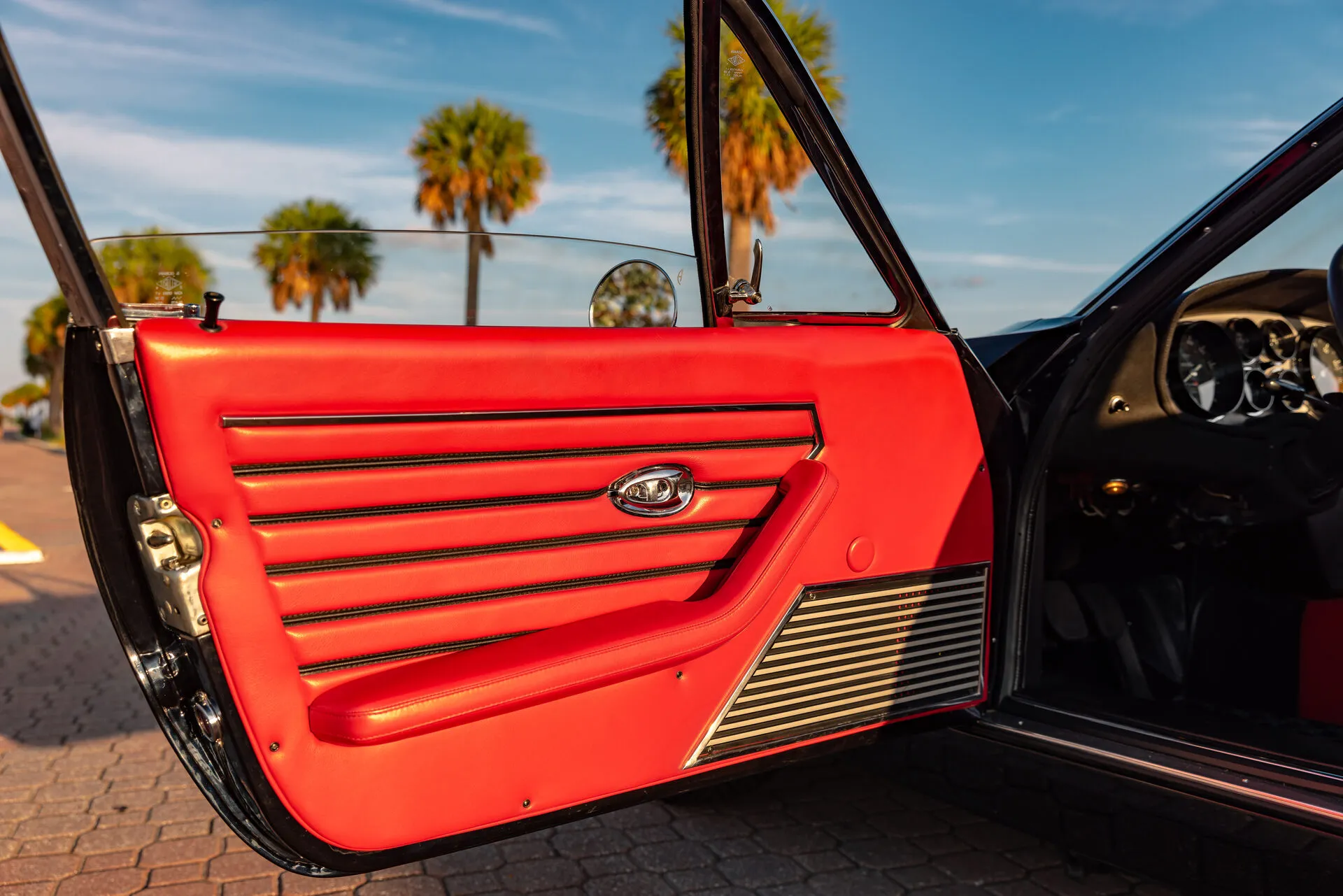
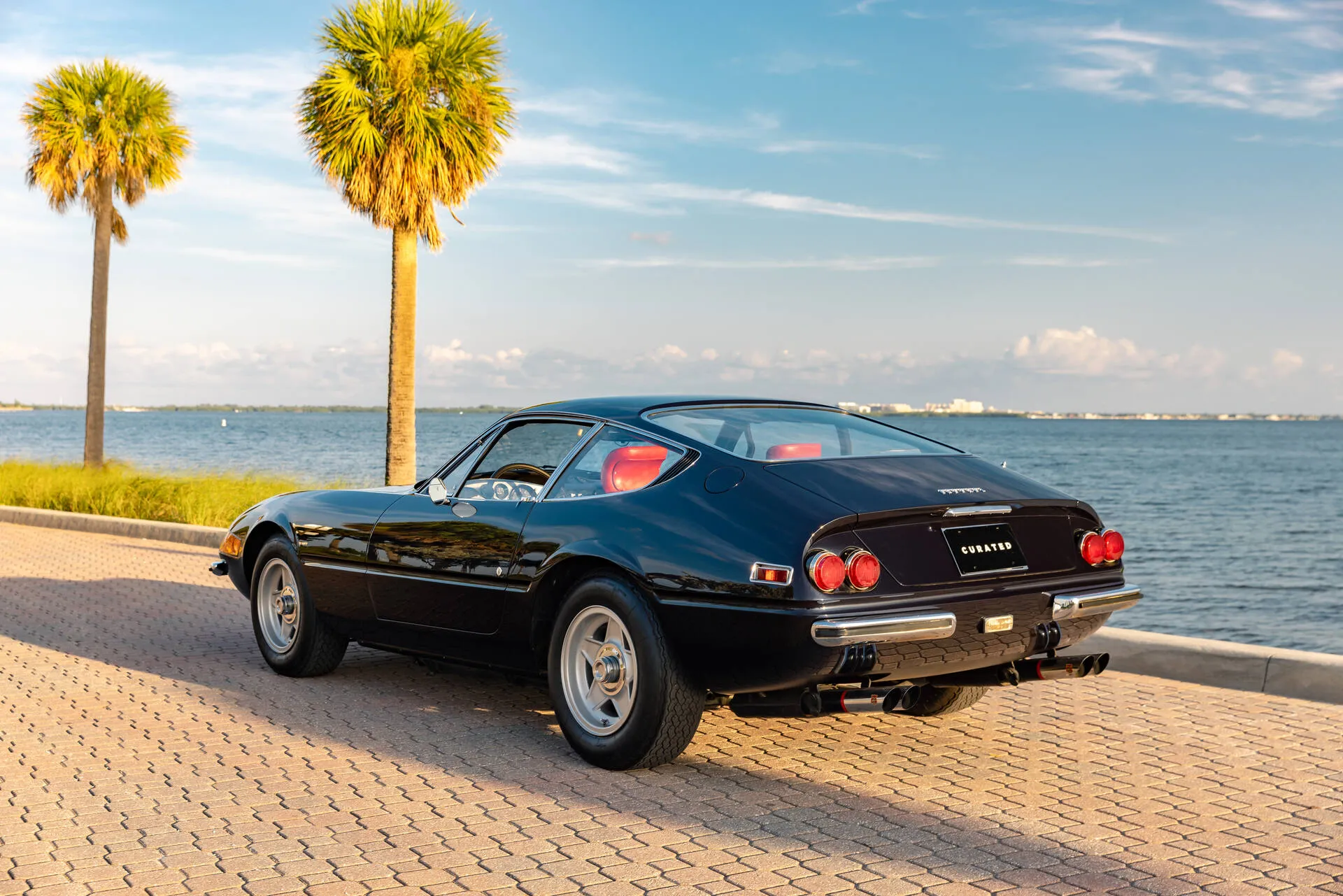
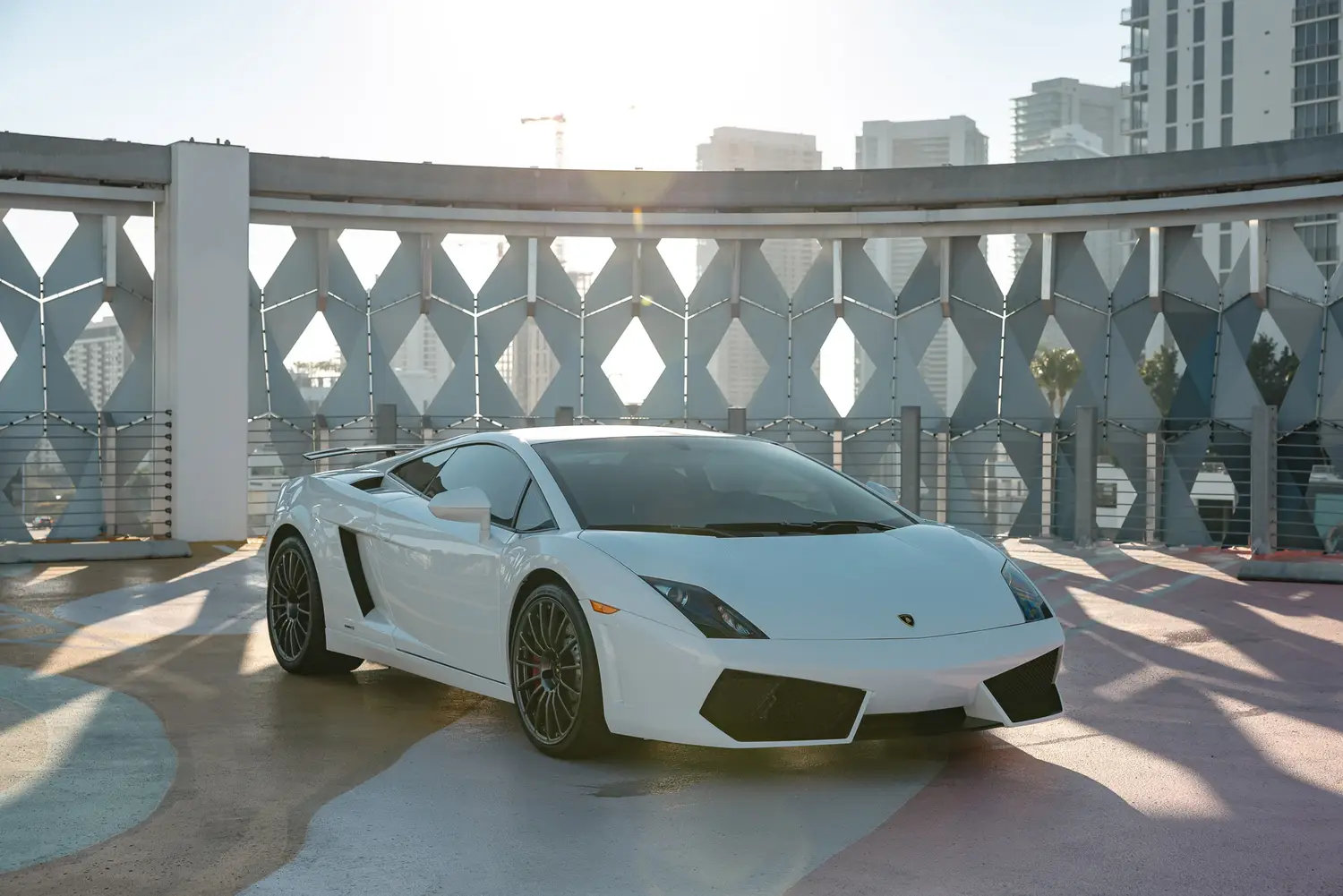


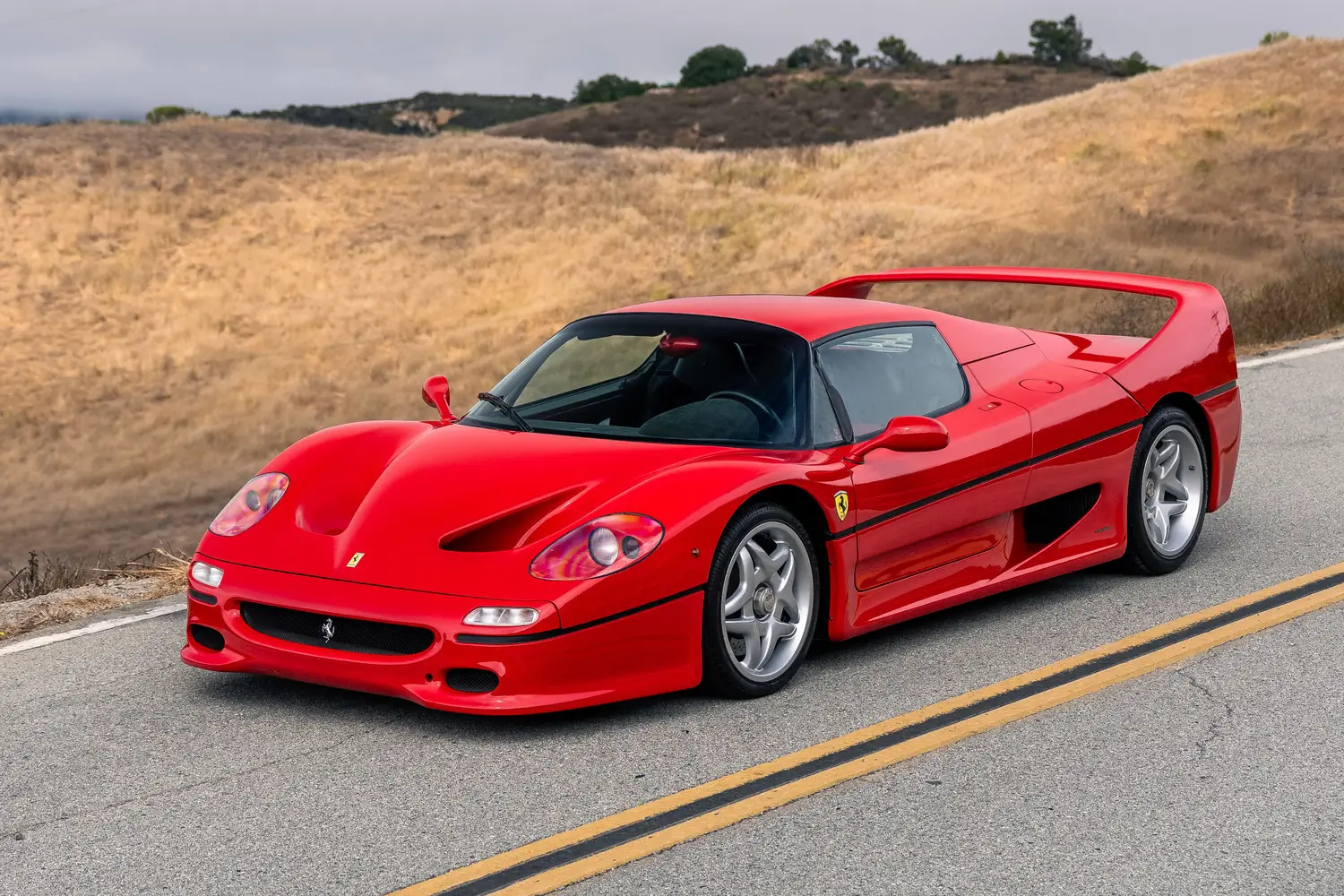
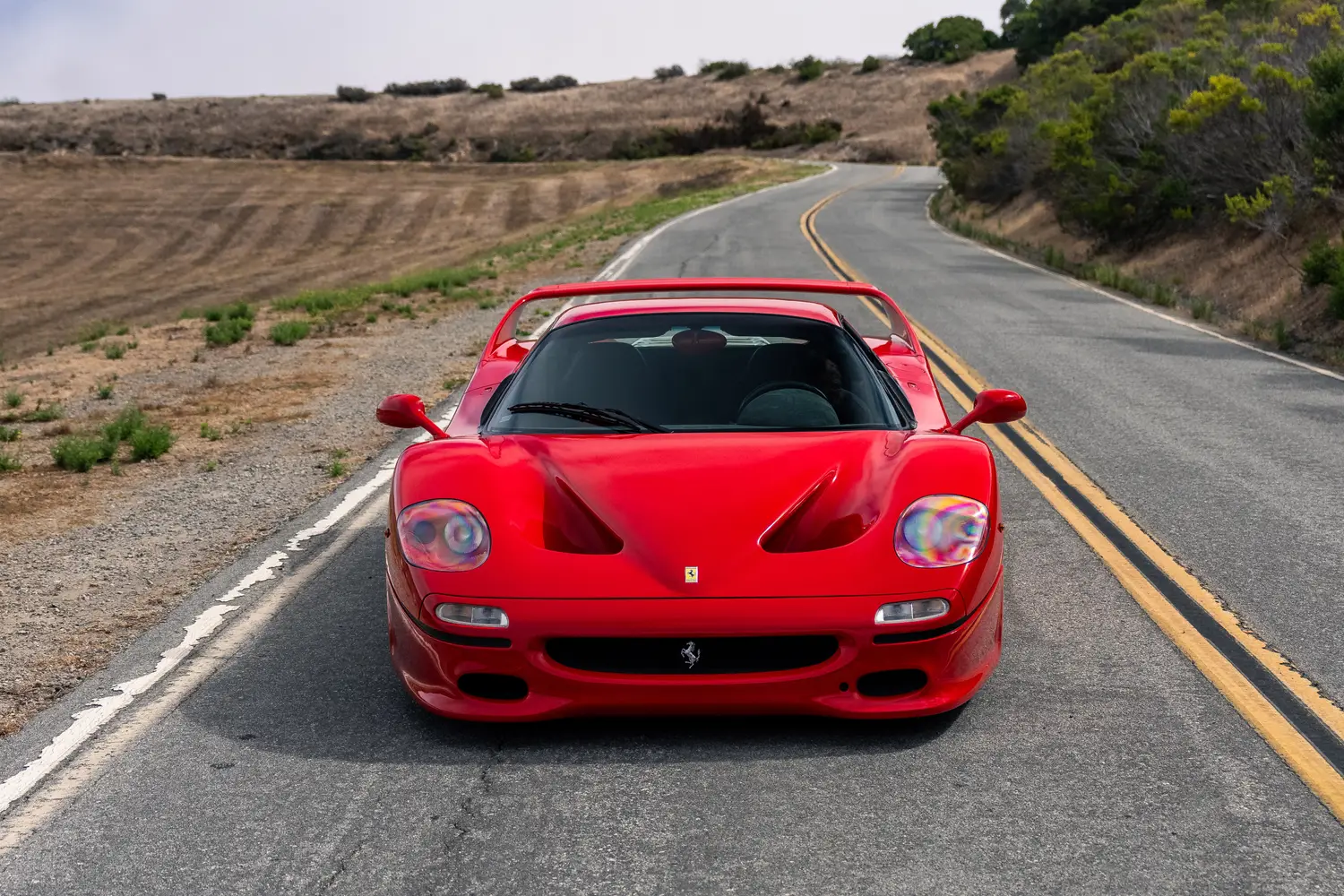















.webp)
